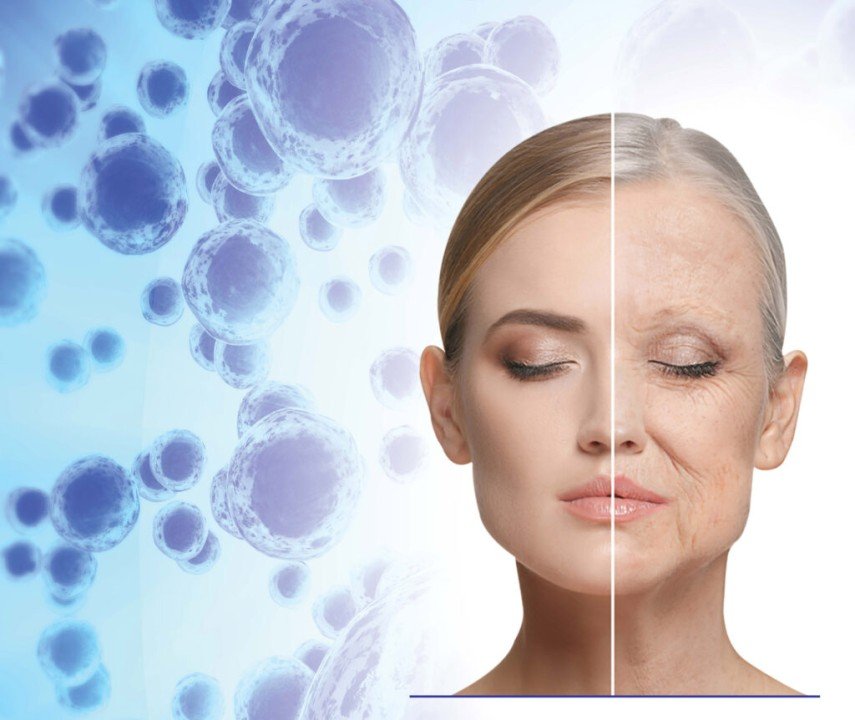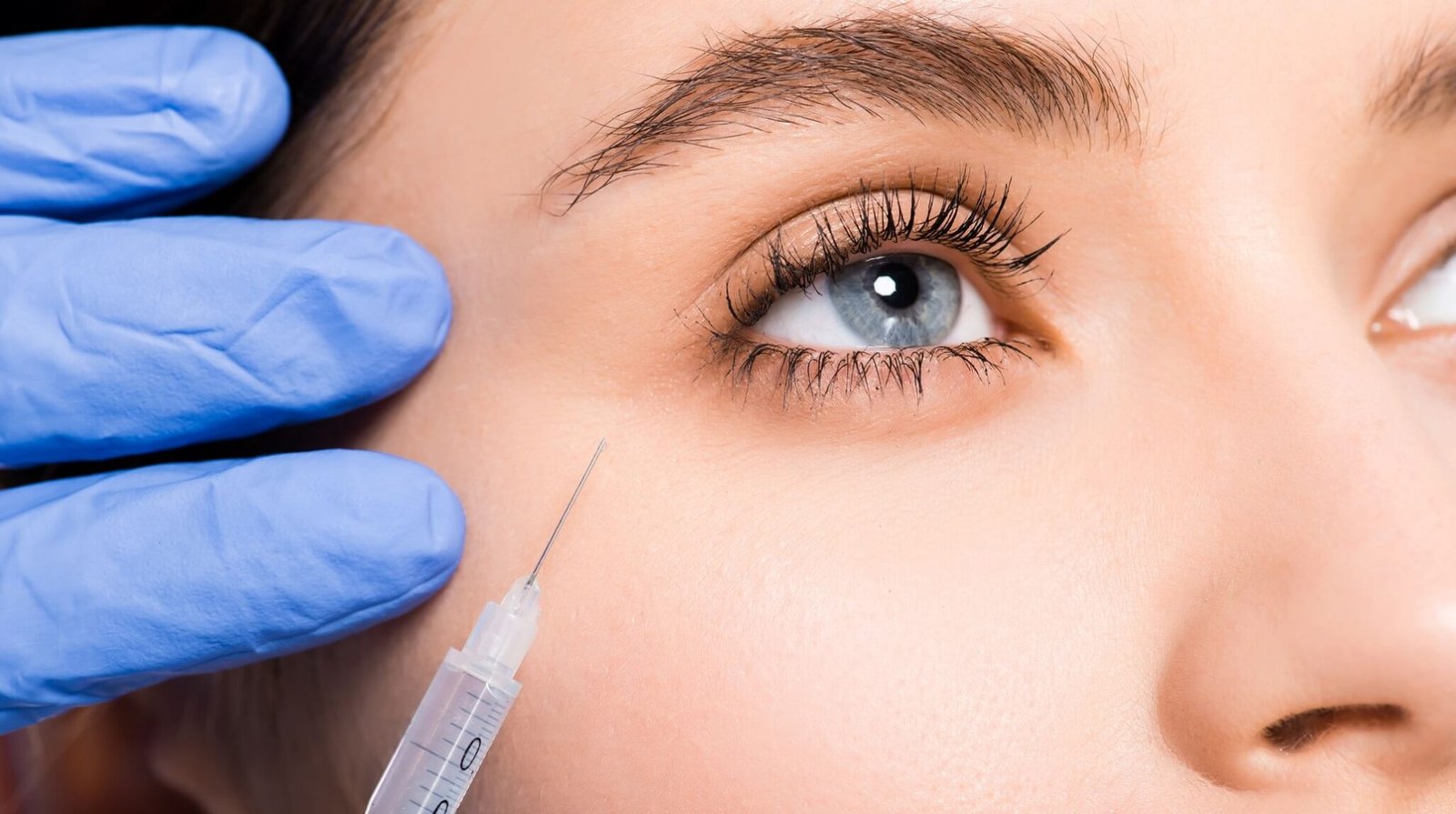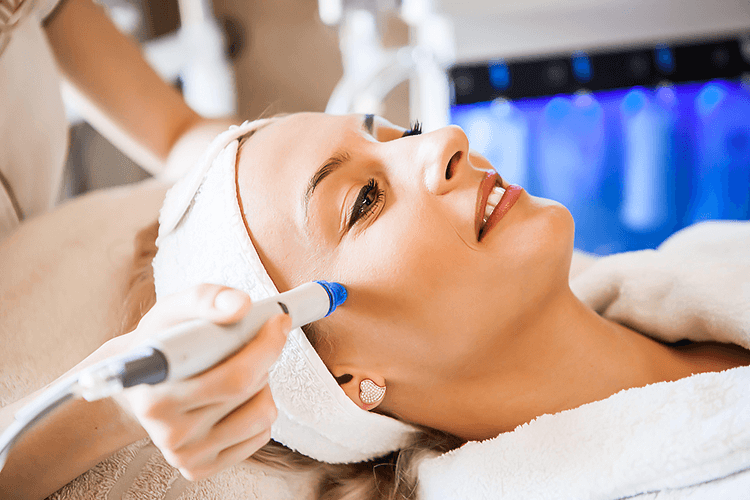Stem cell therapy has emerged as a revolutionary approach in the field of aesthetic treatments, offering promising solutions for achieving youthful, radiant skin. This technique utilizes the body’s own regenerative cells to rejuvenate the skin, promoting natural healing and skin renewal. In this article, we explore the science behind stem cell facelifts and how they work to create younger-looking skin.
What Are Stem Cells?
Stem Cell Facelift (شد الوجه بالخلايا الجذعية في دبي) are unspecialized cells capable of developing into different types of cells in the body, including skin cells. They possess the unique ability to self-renew and regenerate tissues, making them ideal for therapeutic applications in skin rejuvenation. When applied in a stem cell facelift, these cells help to repair damaged skin and stimulate collagen production, which is vital for maintaining skin’s firmness and elasticity.
How Stem Cells Promote Skin Rejuvenation:
In a stem cell facelift, the therapy uses stem cells derived from the patient’s own fat or other tissues. These cells are inject into the skin, where they can differentiate into new skin cells, blood vessels, and collagen-producing cells. The presence of stem cells in the treatment area helps restore the skin’s structure and function, reducing the appearance of wrinkles, fine lines, and sagging.
The regenerative nature of stem cells also promotes faster healing, encouraging the skin to repair itself from within. As the stem cells integrate into the treated skin, they stimulate the production of growth factors and proteins that improve skin texture and tone, giving it a smoother, more youthful appearance.
The Role of Collagen in Skin Aging:
Collagen is a crucial protein in the skin that provides structural support and maintains skin’s firmness and elasticity. As we age, collagen production decreases, leading to sagging skin, wrinkles, and other signs of aging. Stem cell facelifts help combat this natural decline by boosting collagen production in the treated areas. This not only restores the skin’s firmness but also helps to improve skin hydration, which is essential for maintaining a youthful glow.
Stem Cells and Skin Regeneration:
The concept of skin regeneration is at the core of stem cell facelifts. Over time, the skin’s ability to regenerate slows down due to a decrease in stem cells and other vital resources. By introducing fresh stem cells into the skin, this process is rejuvenate. The stem cells activate a cascade of regenerative processes, including the formation of new blood vessels and enhanced cell turnover, which contribute to the skin’s rejuvenated look.
Minimizing Inflammation and Damage:
Another key benefit of stem cell facelifts is their ability to reduce inflammation and minimize damage to surrounding tissues. When stem cells are inject into the skin, they release anti-inflammatory cytokines that help to calm the skin and promote healing. This is particularly helpful in reducing the redness, swelling, and irritation that can occur after more invasive procedures, such as traditional facelifts.
Furthermore, the ability of stem cells to repair and regenerate tissues means that the skin can recover faster and with less scarring, leading to smoother, clearer skin.
Long-Term Benefits of Stem Cell Facelifts:
The benefits of a Stem Cell Facelift (شد الوجه بالخلايا الجذعية) are not limit to immediate improvements. Over time, the rejuvenating effects of the treatment continue to work as the stem cells continue to regenerate new skin and collagen. This long-term effect can result in prolonged improvements in skin texture, elasticity, and overall appearance, making it a sustainable option for those seeking lasting skin rejuvenation.
Personalized Approach for Skin Rejuvenation:
One of the most significant advantages of stem cell facelifts is the ability to tailor the treatment to each individual. Since stem cells are harvest from the patient’s own body, the therapy is highly personalize. This ensures that the cells are genetically compatible, reducing the risk of rejection or complications. Additionally, the specific areas of the face that need attention can be target more precisely, allowing for a more customized approach to skin rejuvenation.
By focusing on the unique skin needs of each patient, stem cell facelifts not only enhance the overall appearance but also ensure that the treatment is alignwith the individual’s specific aging concerns. Whether it’s reducing sagging, improving texture, or minimizing wrinkles, the approach is design to restore a youthful, natural look.
Stem Cells vs. Traditional Facelifts:
Traditional facelifts often require invasive surgical procedures, which involve cutting the skin, removing excess tissue, and tightening the remaining skin to address signs of aging. While these procedures can offer significant results, they come with higher risks, longer recovery times, and potential for scarring.
In contrast, stem cell facelifts are non-invasive or minimally invasive. The treatment involves injecting stem cells into targeted areas, which requires little downtime. As a result, patients can enjoy quicker recovery times, fewer risks, and less discomfort. Additionally, the natural rejuvenating effects of stem cells can provide more subtle and organic-looking results, which many people prefer compared to the sometimes artificial outcomes of traditional facelifts.
Ideal Candidates for Stem Cell Facelifts:
Stem cell facelifts are ideal for individuals who wish to reverse the signs of aging without undergoing surgery. This treatment is particularly beneficial for those with moderate skin laxity, fine lines, wrinkles, and volume loss in the face. However, it is important for patients to have realistic expectations and understand that the results may not be as dramatic as those achieved with surgical facelifts. For those seeking a non-surgical approach to skin rejuvenation, stem cell facelifts can provide remarkable improvements with minimal risk.
Patients who have healthy skin, are in good overall health, and do not have any contraindications for stem cell therapy are typically ideal candidates. Consulting with a qualified professional who understands the science behind stem cell facelifts is crucial in determining whether this treatment is the right option.
Conclusion:
Stem cell facelifts represent an exciting frontier in non-surgical facial rejuvenation. By harnessing the body’s own regenerative powers, these treatments provide an effective way to restore a youthful appearance without the need for invasive surgery. Through stimulating collagen production, promoting skin regeneration, and reducing inflammation, stem cell facelifts offer a natural, long-lasting solution for those looking to enhance their skin’s vitality and youthfulness.
















Leave a Reply